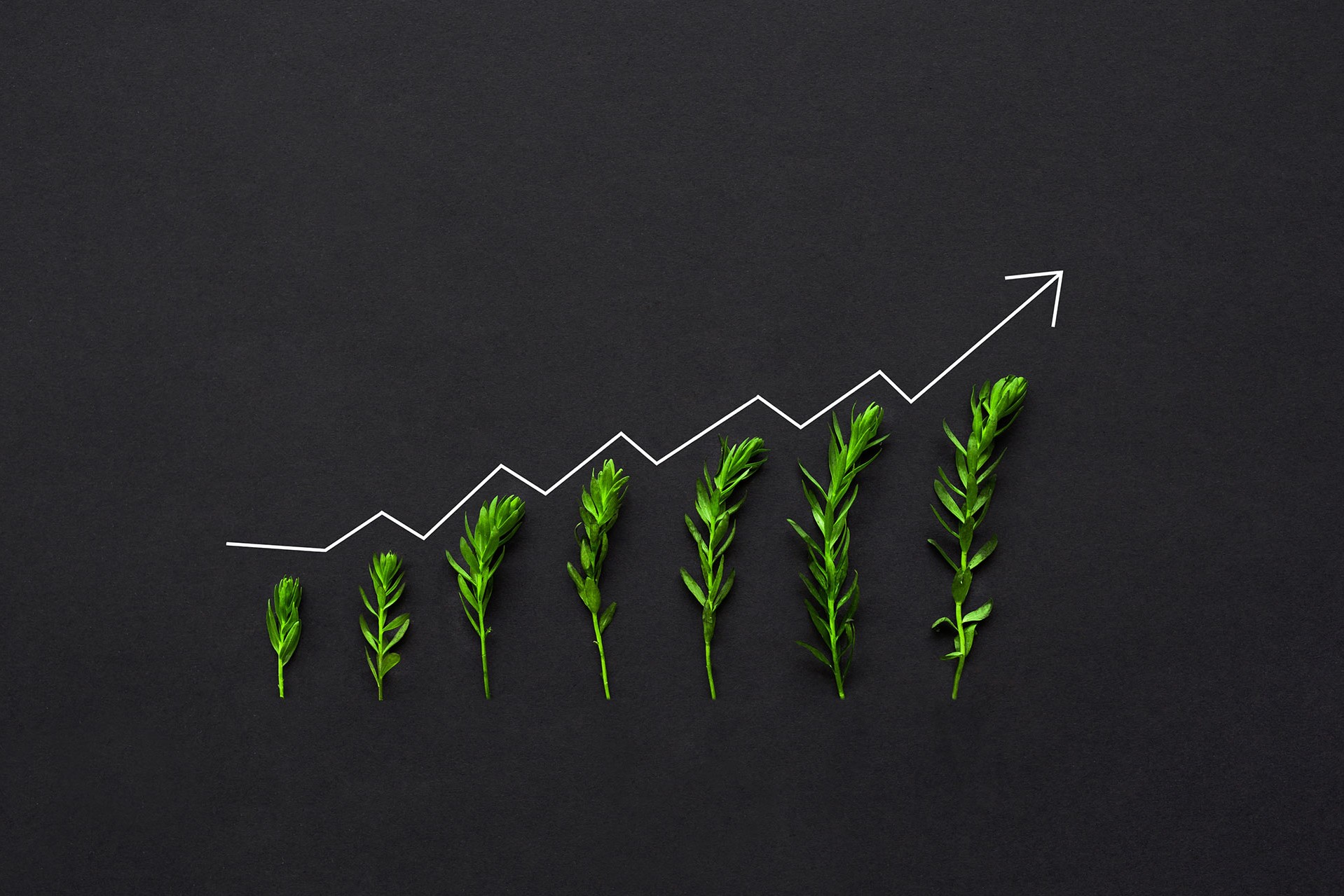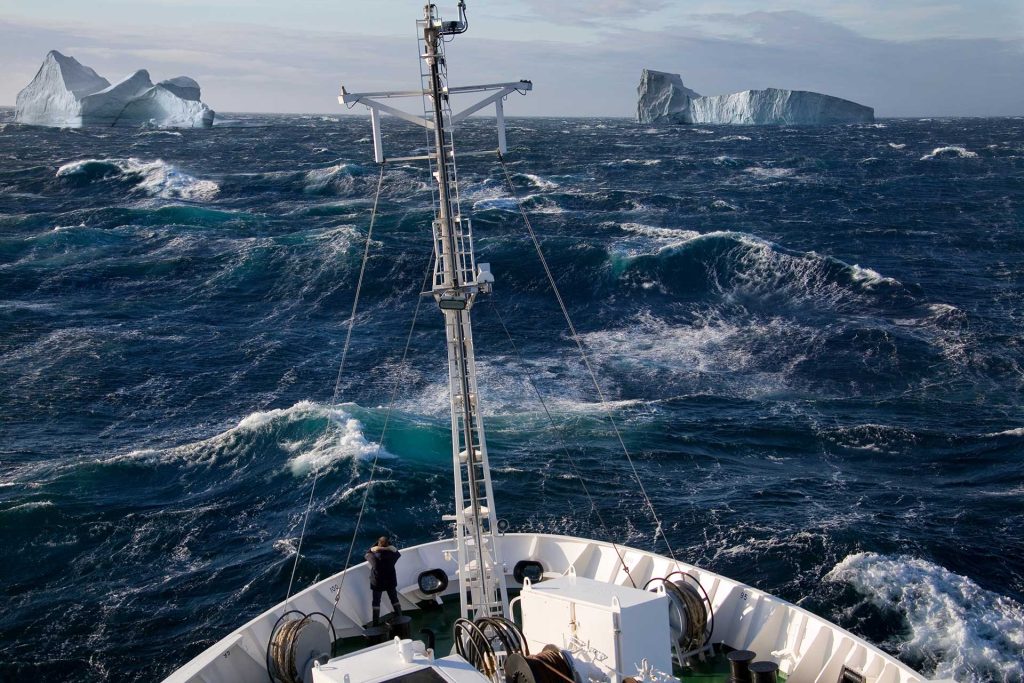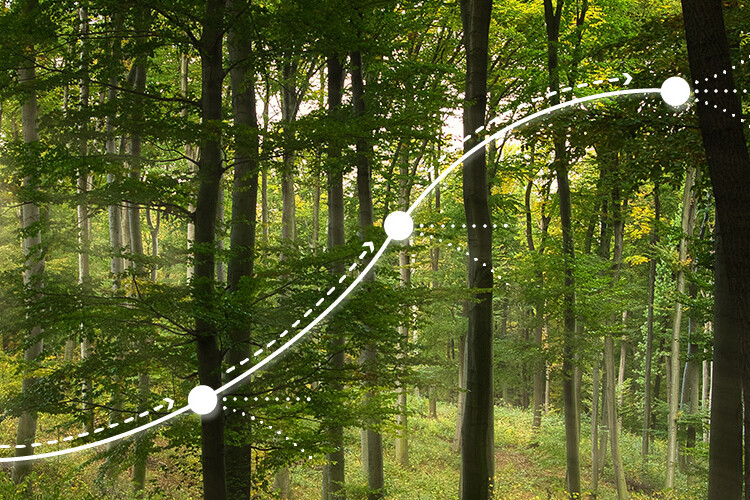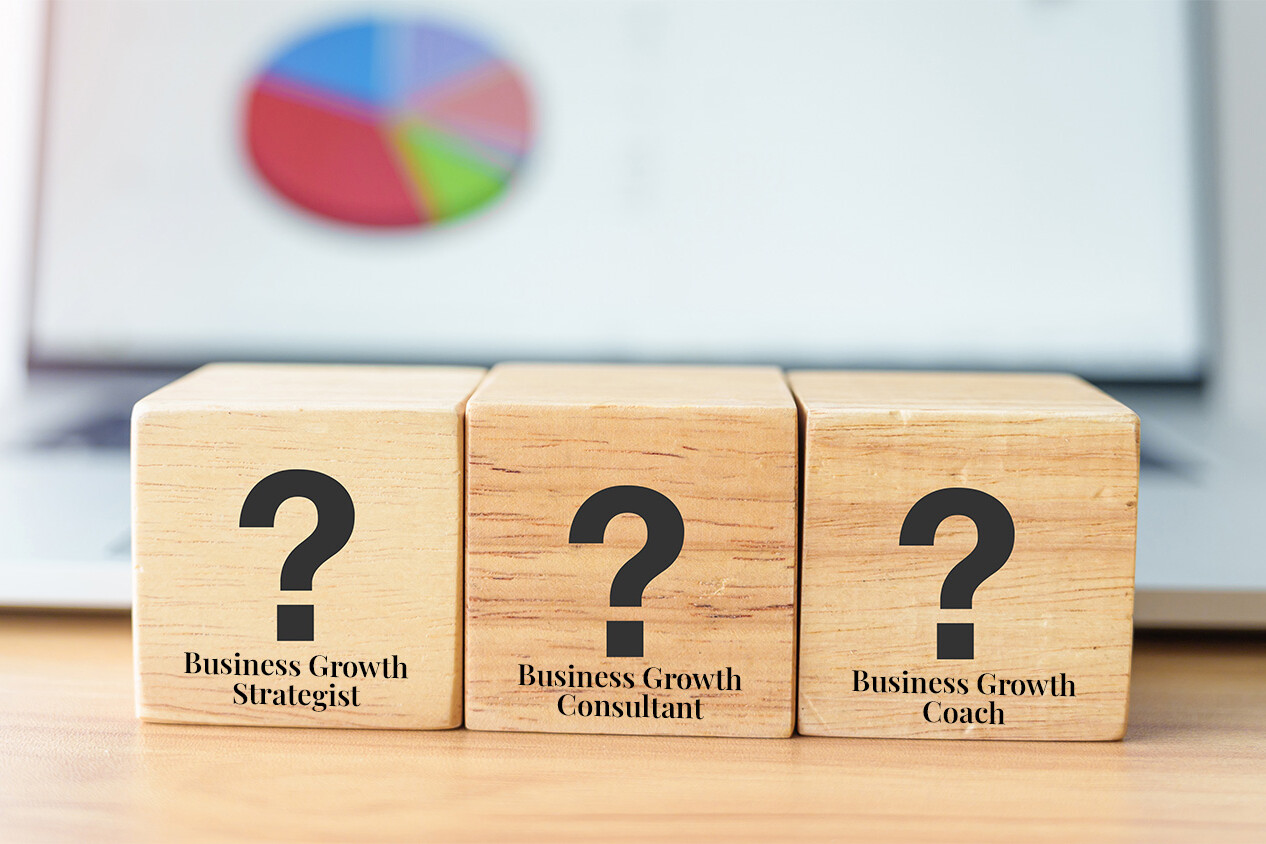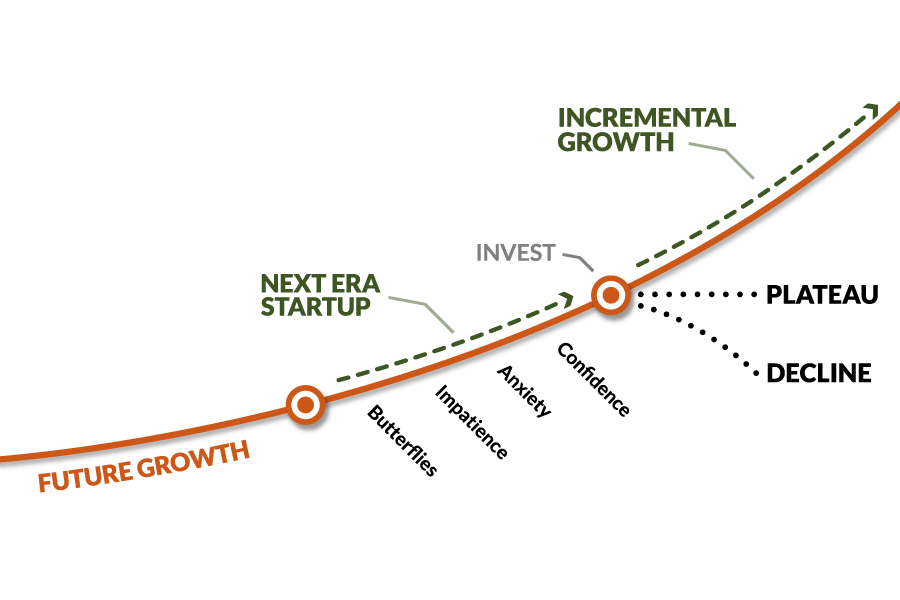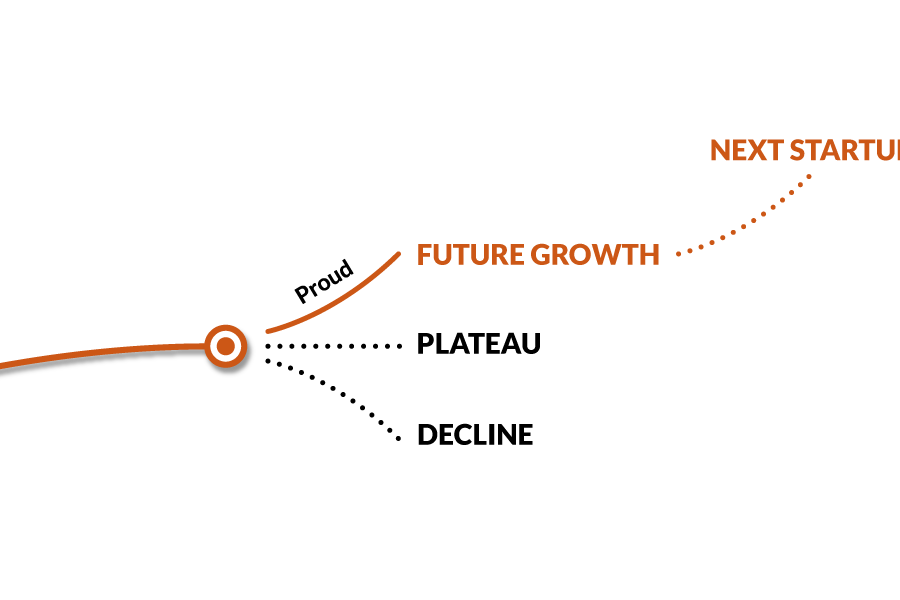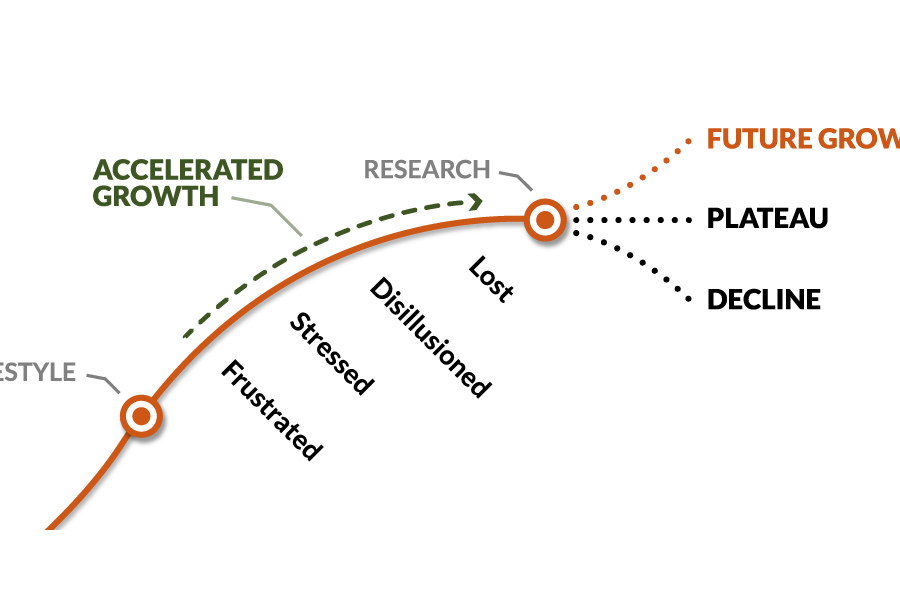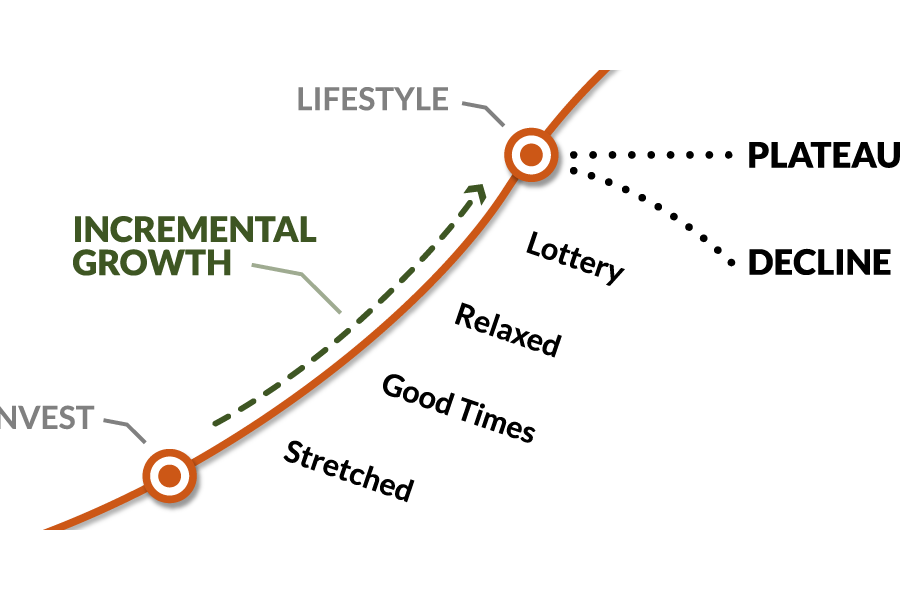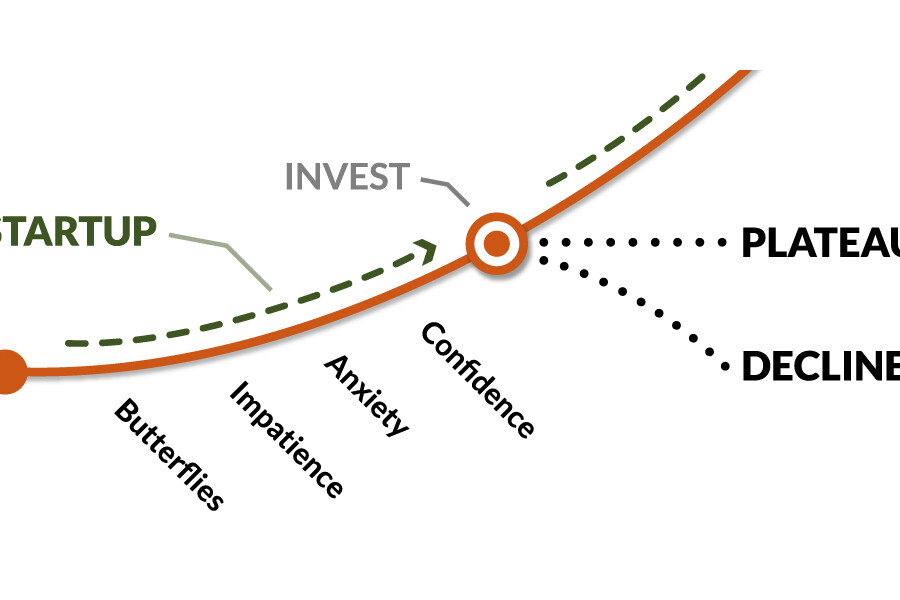Growth or Decline: Timing Your Business Cycle Strategy Makes the Difference
There are three cycles, often collapsed into a single cycle, that every business owner needs to be always aware of to make more profitable decisions. The three cycles are:
- The Economic Cycle
- The Industry Cycle
- The Business Growth Cycle
When you overlap all three cycles you now have very clear data on where exactly your business is. Having this clarity is the difference between maintaining a trajectory of continued growth and increasing profits vs. wasting a lot of time, frustration, and money applying the wrong strategy at the wrong stage.
The Economic Cycle
The economy is constantly changing and evolving, which means that it is also constantly moving through a series of different stages. The economic cycle is the movement of the economy through these stages, which can be divided into four distinct phases: expansion, peak, recession, and contraction.
We can think of the economy as a weather system, with clouds and rain and sunshine all competing for attention. This gives rise to patterns of behavior that recur over time and seem to follow similar patterns each time they happen. We receive news on a daily basis that relates to the global economy, the national economy and our local economy.
The Industry Cycle
Because industries operate within their own separate economic environments, they also experience their own cycles. These cycles often mirror the overall economic cycle, but they may also be influenced by other factors such as technology or government regulations.
The life of any industry can be described by an S-curve, which shows how revenue and profit grow over time before flattening out and declining towards the end of the cycle. An industry’s cycle can be broken down into four stages: expansion, maturity, contraction, and decline similar to the economic cycle.
The Business Growth Cycle Model
In addition, the Economic and Industry Cycles each business goes through its own cycle. The model identifies six key phases of the first pass through on the Business Cycles Model that will determine the strategy, and therefore steps, the business needs to take.
These phases are:
- Startup / Redesign
- Incremental Growth
- Accelerated Growth
- Future Growth
- Plateau
- Decline
Startup
The first time the business enters the Startup phase, it is just getting off the ground. The company’s owners are typically working long hours and they are learning about their business and their customers. This is an exciting time for the owner(s), who may be dreaming about how big their business will become and what it will mean to them financially.
The feelings associated during this phase range from excited to anxious and the resulting behaviors often include frantic and desperation driving the need to try lots of things to get through this stage.
Read more about Startup the first time around
Read more about Middle Market companies entering a new Startup phase
Incremental Growth
Incremental growth is the stage when a business gradually grows and there are typically steady improvements in sales. This phase is entered as the business proves it is viable.
At this phase a business grows from existing customers by serving them better and encouraging them to spend more money as well as adding new customers. The business will make systematic small changes that improve the customer experience and encourage repeat purchases.
The feelings associated during this phase include confidence, relaxed, to that of winning the lottery. The behaviors this creates range from frantically spending and taking increasingly larger and bolder risks. There is a significant tipping point as this phase comes to an end and mistakes are often made as the feeling of winning the lottery can make the owners and leadership team feel bullet proof.
Read more about the Incremental Growth phase
Accelerated Growth
This phase can be challenging for businesses. What happens here sets the stage for where they end up – growth or decline. Many businesses are not well prepared for this phase and often attempt to manage it by applying the wrong strategies.
Here the business’ growth cycle is a period of rapid growth and is capital intensive.
The company is hiring new employees at a rapid pace, the culture becomes stressed and communication suffers. The management starts to look for ways to reduce costs without sacrificing quality or performance, yet they are often unable to keep up with demand or maintain quality standards. Staff starts to leave; management spends all day playing whack a mole and in closed door meetings trying to fix the issues.
The transition to the next phase can be brutal and a business often stalls as it is transitioning into the next era such as becoming a true Middle Market sized company. What it does now determines its ongoing trajectory.
The feelings associated during this phase include tired, frustrated, stressed and disillusioned. The resulting behaviors can turn the culture toxic, develop a blame culture, and key employees often leave.
Businesses in this phase are at a critical tipping point and what it does now determines if it lands successfully into Future Growth or if it plateaus and declines.
Read more about the Accelerated Growth phase
From here the business will enter one of three possible trajectories:
Future Growth
The business has successfully traversed the Accelerated Growth phase and has made the right investments and implemented the right strategies to continue growing.
The business has evolved its management and leadership approach and is run very differently to prior phases. It has adequate operating capital, makes strategic investments, has a good culture, and profits.
This is often the best place to sell, but can feel counter intuitive.
The feelings associated with this phase are typically pride and curiosity about the next phase of the business growth and the next business cycle. The business is managed in a disciplined manner and professional behavior.
Read more about the Future Growth phase
Plateau
The business hasn’t implemented the right strategies yet and is in The Plateau phase. The company has reached its peak and is no longer growing. There is still time. If a business does not change, it will ultimately decline and die.
The Plateau phase can be caused by several factors. One of these is that the business has reached its saturation point, meaning that there are no more customers to acquire or sell to. Another reason can be that the company has become complacent with its current products and services and is not making any major changes or improvements to them.
The feelings associated with this phase typically start with contentment because the business is stable but will soon lead to anxiousness and feeling trapped. The behaviors develop into an unwillingness to change and resignation that this is it.
Decline
Decline is the point at which a business can no longer sustain its current level of growth. It’s also the stage in which an organization begins to lose market share and needs to make decisions about its future.
The decline phase can be triggered by a number of factors such as decreasing demand for products or services, declining profits, inability to innovate, or lack of competitive advantage.
At this phase the business is on a downward trajectory. This is often when a business owner considers selling and handing the problem of revitalizing the growth to someone else.
The feelings associated with this phase include fear, lack of motivation, insecurity and exhaustion. Behaviors can become irrational and desperate.
Conclusion
The life of a business owner is rarely a dull one. They are often in the position to make decisions that have far-reaching impacts on both their business and their family’s life. They need to be aware of external factors and cycles that will influence their business and have the knowledge to manage it through the various cycles that you will no doubt go through.




